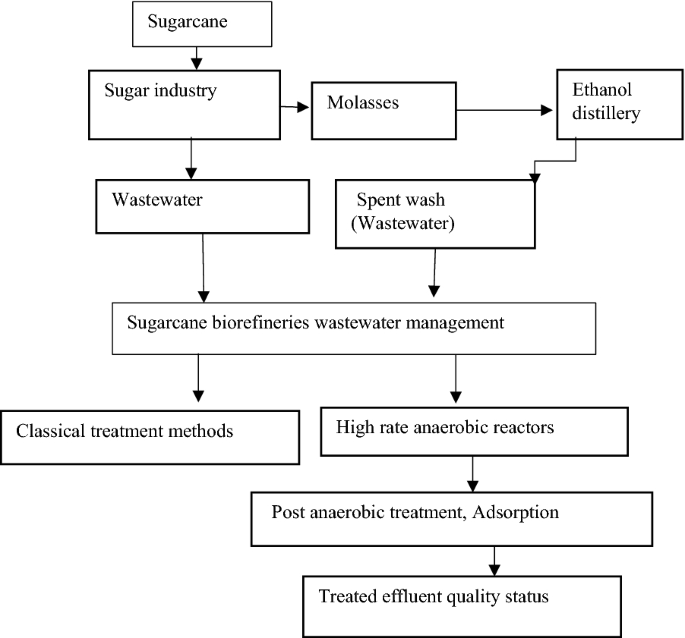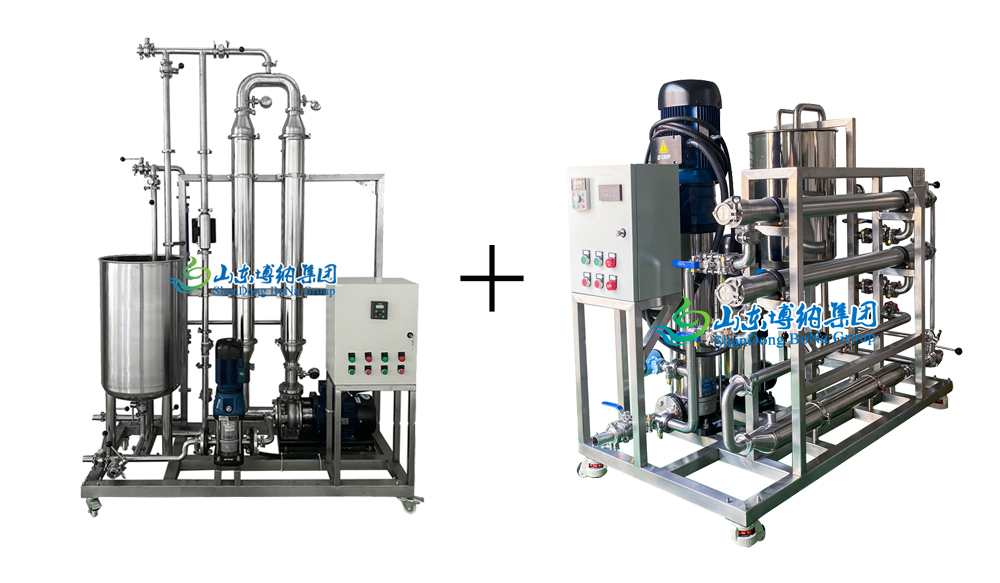Exploring Composting Options for Products From Sugarcane
Exploring Composting Options for Products From Sugarcane
Blog Article
Opening the Possible of Products From Sugarcane: a Comprehensive Overview
The potential of sugarcane expands much past its conventional use for sugar production. This guide checks out the diverse applications of sugarcane, from energy and naturally degradable products to wellness items. By examining its journey from area to factory, it reveals exactly how sustainable methods can change waste right into beneficial sources. As sectors seek environmentally friendly remedies, the concern continues to be: how can these technologies reshape our strategy to agriculture and manufacturing?

The Trip of Sugarcane: From Field to Manufacturing facility
Sugarcane undergoes an interesting improvement as it travels from lavish areas to bustling factories. In the areas, the tall, green stalks are gathered, commonly by mechanical ways or manual labor. Once reduced, the sugarcane is swiftly moved to refining centers to assure maximum quality. At the factory, the primary step involves squashing the cane to remove the sweet juice, which has sucrose. Products From Sugarcane. This juice is after that filtered and cleared up, getting rid of impurities. Following this, it undertakes evaporation to concentrate the sugar content, bring about crystallization. The resulting sugar crystals are divided from the remaining molasses with centrifugation. Ultimately, the sugar is dried and packaged for circulation. Throughout this journey, preserving top quality and efficiency is vital, as the methods utilized straight influence the product's final quality. This makeover not only highlights the agricultural significance of sugarcane but additionally its substantial duty in the global economic climate
Sugar and Its Derivatives: Greater Than Simply Sweet taste
The change of sugarcane right into refined sugar unlocks to a vast array of products and applications that expand past plain sweet taste. Sugar and its by-products, such as molasses, brownish sugar, and sugar, play crucial functions in different markets, consisting of food, drugs, and cosmetics. In the food field, these components boost tastes, boost appearance, and work as preservatives.Molasses, a byproduct of sugar manufacturing, is rich in minerals and vitamins, making it a useful active ingredient in natural food and pet feed. Sugar, a straightforward sugar originated from sugarcane, acts as a substantial power resource in sports nutrition and is vital in the production of confectionery. Furthermore, sugar by-products are used in fermentation procedures, adding to the manufacture of alcoholic drinks and various other microbial products. In general, the flexibility of sugar and its derivatives highlights their importance past plain sweetness in everyday life.
Biofuels: Harnessing Power From Sugarcane

A considerable part of worldwide biofuel production currently depends on sugarcane, recognized for its high power yield and effectiveness in converting sunshine into biomass. This exotic plant works as a key resource for ethanol, an eco-friendly fuel that can change gasoline in automobiles. Sugarcane's capability to generate even more ethanol per hectare than other feedstocks, such as corn, adds to its enhancing popularity amongst biofuel producers.The fermentation process of sugarcane juice or molasses produces ethanol, which can be mixed with nonrenewable fuel sources to minimize greenhouse gas exhausts. In addition, by making use of the recurring bagasse from sugarcane handling, energy can be produced with burning, additional boosting the sustainability of biofuel production. As nations look for to reduce environment change influences, sugarcane biofuels offer an encouraging solution, boosting energy safety and advertising agricultural sustainability while supporting country economies.
Naturally degradable Plastics: The Lasting Alternate
Just how can industries shift to more lasting methods when faced with expanding plastic pollution? One appealing option hinges on naturally degradable plastics stemmed from sugarcane. Unlike typical petroleum-based plastics, these bioplastics supply an eco-friendly alternative that can substantially minimize environmental effect. Made from renewable energies, sugarcane-based plastics decompose much more quickly in different problems, minimizing land fill accumulation and marine debris.The production of naturally degradable plastics not just addresses waste administration obstacles but also aligns with the increasing consumer demand for lasting items. Industries adopting these materials can boost their brand name picture while adding to a round economic climate. Furthermore, the modification to eco-friendly alternatives encourages innovation and financial investment in new modern technologies, promoting a greener sector landscape.As much more firms identify the benefits of sugarcane-derived plastics, the possibility for extensive adoption increases, leading the method for a much more sustainable future in product packaging and product design.
Pet Feed and Fertilizers: Making Use Of Results
The byproducts of sugarcane handling hold significant possibility for both animal nutrition and natural plant foods. These byproducts can be integrated right into pet feed, giving essential nutrients while lowering waste. Furthermore, they can work as efficient organic plant food options, improving soil health and advertising sustainable farming practices.
Results in Animal Nourishment
While sugarcane is mainly valued for its sucrose content, its by-products play an important function in animal nourishment, particularly in the kind of animal feed and plant foods. The fibrous deposit referred to as bagasse, generated throughout the removal of juice, functions as a valuable resource of roughage for animals. This high-fiber material boosts digestion and advertises general health in ruminants. Additionally, molasses, a by-product of sugar refining, is abundant in power and can be utilized to supplement animal diet plans, improving palatability and dietary value. Additionally, vinasse, a liquid result from ethanol manufacturing, includes important nutrients and can be used as a feed additive. Generally, sugarcane by-products contribute significantly to lasting pet nutrition methods.
Organic Plant Food Options
Making use of sugarcane results extends beyond animal nourishment to incorporate natural fertilizer alternatives that benefit farming practices. The fibrous residues, such as bagasse and filter cake, function as efficient natural plant foods, improving soil health and improving plant yields. These materials are abundant in nutrients, consisting of potassium, phosphorus, and nitrogen, important for plant growth. When broken down, they boost dirt framework, water retention, and microbial task, cultivating a lasting farming environment. Additionally, utilizing sugarcane results for fertilization lowers reliance on artificial plant foods, promoting environmentally friendly farming approaches. By reusing these by-products, farmers can add to a circular economy while optimizing their performance and lowering waste. This strategy exhibits ingenious techniques in lasting farming, leveraging sugarcane's full capacity.
Wellness and Health: Nutritional Conveniences of Sugarcane
Countless studies highlight the nutritional advantages of sugarcane, making it a beneficial enhancement to a well balanced diet regimen. Rich in important nutrients, sugarcane contains considerable quantities of vitamins, carbohydrates, and minerals, specifically vitamin C, potassium, and calcium. These parts contribute to overall health and wellness, sustaining immune feature and bone strength.Moreover, sugarcane is a natural resource of antioxidants, which assist fight oxidative tension and inflammation in the body. Its high fiber web content help in food digestion, promoting digestive tract health and protecting against bowel irregularity. Additionally, sugarcane juice has been linked to hydration and energy replenishment, making it an excellent selection link for athletes or those taking part in difficult activities.Furthermore, the glycemic index of sugarcane is relatively low, enabling a more progressive launch of energy, which might be useful for people managing blood glucose degrees. In general, including sugarcane into one's diet plan can supply a revitalizing and healthy alternative for health-conscious individuals.
Developments in Sugarcane Products: Future Trends and Possibilities
What technologies exist ahead for sugarcane items as sectors look for to boost sustainability and customer allure? The future of sugarcane items is positioned for substantial innovations, driven by the demand for environmentally friendly options. Advancements in bio-based product packaging, obtained from sugarcane, are getting traction, using a sustainable alternative to conventional plastics. In enhancement, the exploration of sugarcane's bioactive substances is most likely to bring about brand-new wellness supplements and practical foods, taking advantage of its natural benefits.Research right into fermentation processes might produce unique biofuels, further expanding sugarcane's utility. Furthermore, the growth of genetically modified sugarcane varieties assures enhanced returns and resistance to pests, consequently supporting sustainable farming methods. As consumers become extra ecologically conscious, the assimilation of transparency in sourcing and manufacturing approaches will also play a vital role fit the great post to read future of sugarcane products. Inevitably, these developments could redefine sugarcane's setting in international markets.
Frequently Asked Inquiries
What Are the Environmental Influences of Sugarcane Farming?
The environmental impacts of sugarcane farming consist of logging, loss of biodiversity, soil destruction, and water pollution - Products From Sugarcane. In addition, excessive chemical and fertilizer usage can damage ecological communities, while monoculture methods may lead to minimized strength against environment adjustment

How Is Sugarcane Processed Into Different Products?
Sugarcane processing entails harvesting, squashing, and extracting juice, which is then clarified and concentrated. The resulting syrup can be fermented for ethanol or taken shape for sugar, while fibers are utilized for bioenergy and other products.

Are There Any Kind Of Health Threats Connected With Sugarcane Intake?
The inquiry of wellness dangers related to sugarcane intake highlights worries such as too much sugar intake, potential allergies, and gastrointestinal concerns. Small amounts is necessary to mitigate these dangers while appreciating its dietary advantages.
What Are the Economic Benefits of Sugarcane Growing?
The economic benefits of sugarcane growing include task production, enhanced farming productivity, and payments to local economies. Furthermore, it supports eco-friendly energy manufacturing and uses various byproducts that can improve profitability within diverse markets.
Exactly How Does Sugarcane Compare to Various Other Renewable Resources?
Sugarcane, as a renewable energy, demonstrates greater effectiveness in biomass manufacturing compared to lots of options. Its flexibility permits various results, contributing significantly to lasting practices, financial growth, and minimizing reliance on fossil fuels. Sugar, an easy sugar obtained from sugarcane, offers as a considerable power source in sports nourishment and is important in the manufacturing of confectionery. Sugarcane's ability to create more ethanol per hectare than other feedstocks, such as corn, adds to its raising popularity among biofuel producers.The fermentation procedure of sugarcane juice or molasses creates ethanol, which can be blended with fossil gas to lower greenhouse gas emissions. In addition, sugarcane juice has actually been linked to hydration and energy replenishment, making it an exceptional selection for athletes or those engaging in laborious activities.Furthermore, the glycemic index of sugarcane is reasonably reduced, permitting for a more progressive launch of power, which may be useful for people taking care of blood sugar degrees. In enhancement, the expedition of sugarcane's bioactive compounds is most likely to lead to brand-new health supplements and More Info functional foods, capitalizing on its natural benefits.Research into fermentation processes might yield novel biofuels, further diversifying sugarcane's energy. The inquiry of health risks associated with sugarcane consumption highlights concerns such as too much sugar intake, potential allergic reactions, and gastrointestinal issues.
Report this page